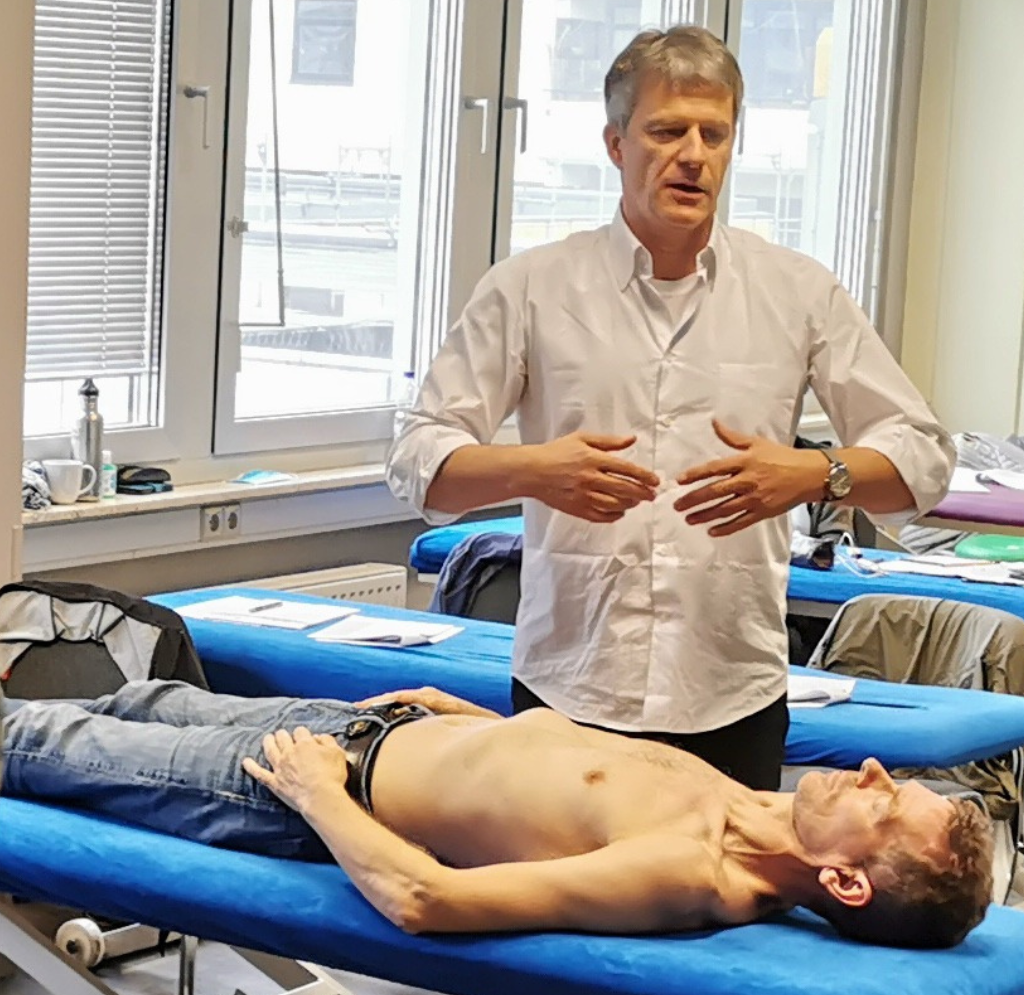
594,00 €
7 in stock
7 in stock
In many diseases, the organism first reacts with vegetative signs, e.g. altered sweat secretion, followed by functional symptoms, e.g. muscle stiffness.
This course offers opportunities to balance the autonomic nervous system and the immune system and consists of 3 parts:
The treatment spectrum covers various dysfunctions such as headaches, sinusitis, sciatica, carpal tunnel syndrome and food intolerances.
Several procedures are presented, including
Various techniques are practiced: reflex zones, thrust, recoil, energetic motility, fascial manipulations.
Each part consists of theory, diagnosis and treatment:
Day 1: Vegetative regulation: Parasympathetic nervous system
Parasympathetic nervous system. N vagus and N.pelvici: Function and dysfunction
Keypoints for the N. vagus and Nn. pelvici
Research results:
Treatment. Among others.
Day 2: Vegetative regulation: Sympathetic nervous system
Use of sclerotomes, myotomes, dermatomes and enterotomes
Treatment, etc:
Day 3:
Part 1: Stimulation of the immune system
et al:
Part 2: specific: respiratory dysfunctions and asthma
Definition and facts about asthma:
Presentation of a dysfunction scheme:
It exists in 90% of asthmatics and in many immune disorders
Stopping point of an asthma attack
Systematic treatment of this dysfunction scheme:
among others:
77 in stock
Course fee
59,50 €
Course fee
1.765,00 €